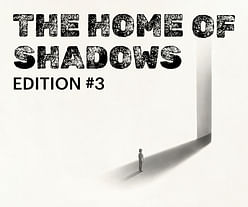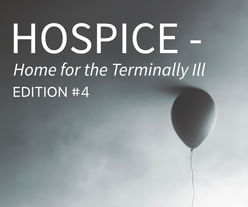
The late Rafael Viñoly’s Tokyo International Forum was awarded the prestigious AIA Twenty-five Year Award for its design's distinctive transparent character and capacity to engage with the public in the largest metropolitan area in the world.
The multi-purpose space born out of the first-ever competition sanctioned by the International Union of Architects in Japan now stands as a dynamic civic building capable of hosting events as wide-ranging as the 2021 Olympic Games' weightlifting competition, concert performances, and the IUA's 24th World Congress of Architecture in 2011.

"We are deeply honored that the Tokyo International Forum’s enduring impact on architectural design and its role as a vibrant cultural and civic hub for Japan is being recognized with this prestigious award," Partner Román Viñoly said on behalf of the firm. "Winning the AIA Twenty-five Year Award underscores my father Rafael Viñoly’s lasting influence on his profession and in the communities where his work continues to foster cultural exchange and engagement. This building, in particular, bears witness to his vision and to the vision of the vast collaboration that was responsible for realizing the project and which still breathes life into it day in and day out."

The influence of its design, which is united beneath an enveloping 750-foot-span Glass Hall atrium, can be seen in the Oculus World Trade Center and other designs by Santiago Calatrava and several other major public buildings worldwide. Its program includes a total of 34 meeting rooms, seven performance halls, and an 86,000-square-foot exhibition hall.

The project was also honored with the Japanese Institute of Architects’ (JIA) 25th Anniversary Award last year. A press announcement stated finally that it had welcomed more than 23 million visitors and hosted more than 3,400 events since its grand opening in January of 1997 until the beginning of the COVID-19 pandemic.

The Home of Shadows / Edition #3
Register by Wed, Jan 29, 2025
Submit by Mon, Mar 3, 2025

Hospice - Home for Terminally Ill #4
Register by Wed, Jan 15, 2025
Submit by Mon, Jun 16, 2025

The Last Nuclear Bomb Memorial / Edition #5
Register by Thu, Jan 16, 2025
Submit by Wed, Feb 19, 2025

Kinderspace: Architecture for Children's Development #2
Register by Thu, Jan 16, 2025
Submit by Mon, Jun 16, 2025
1 Comment
this is one of my favorite buildings in tokyo. Not for the architecture exactly, but for what it does and what it tries to do. It was under construction when I first arrived in Japan in the 90s and so I forgot about it completely until one day I saw a new exit from the subway station and it drew me in.
The place is shocking because its signature space is a massive void, something that is beyond exorbitant in land-poor Tokyo. When it was built Tokyo was just coming down from a massive economic high and this building expressed the excess and the power of that age perfectly. And it is excessive. The huge void space is part of it. More amazing is that the voice space is covered by a massive whale-like skeleton perched on just two columns. The amount of engineering involved in making that work in Tokyo is astonishing. I don't think it would happen now. As a student seeing it for the first time it was a great lesson in what is possible in Japan if there is a will and a near unlimited budget.
That part of the design still excites and is something everyone I take to visit the Forum remarks on. But the thing that strikes me most now is the public space at street level. It is a remarkable open area, connecting Ginza to the Tokyo train station area (Marunouchi). It fills up with markets and events throughout the year, and is an early example of a Japanese POPS (privately owned public space) that works brilliantly. Taking a site next to a massive rail line with bullet trains and local elevated rail lines shuttling through constantly and turning that into a place where people can feel more than comfortable to hang out and have something from the Shake Shack under a tree is almost a miracle. The addition to Tokyo's street life is even more impressive because it was all planned. The actual function of the building is to contain a clutch of theatres and a pretty big convention centre (below ground). That all works as it should. The public side of things is something that Vinoly wove in to the project, and it is more than worth being remembered every 25 years.